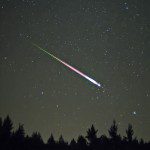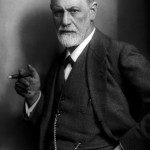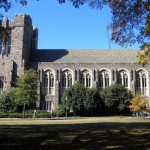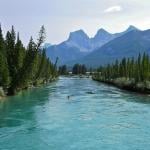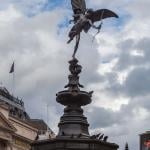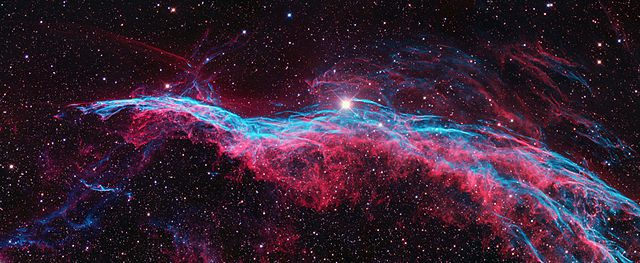
Several years ago, as I’ve mentioned here before, I read (and was very impressed by) Elizabeth Lloyd Mayer,
In 1991, when her daughter’s rare, hand-carved harp was stolen, Lisby Mayer’s familiar world of science and rational thinking turned upside down. After the police failed to turn up any leads, a friend suggested she call a dowser—a man who specialized in finding lost objects. With nothing to lose—and almost as a joke—Dr. Mayer agreed. Within two days, and without leaving his Arkansas home, the dowser located the exact California street coordinates where the harp was found.
Deeply shaken, yet driven to understand what had happened, Mayer began the fourteen-year journey of discovery that she recounts in this mind-opening, brilliantly readable book. Her first surprise: the dozens of colleagues who’d been keeping similar experiences secret for years, fearful of being labeled credulous or crazy.
Extraordinary Knowing is an attempt to break through the silence imposed by fear and to explore what science has to say about these and countless other “inexplicable” phenomena. From Sigmund Freud’s writings on telepathy to secret CIA experiments on remote viewing, from leading-edge neuroscience to the strange world of quantum physics, Dr. Mayer reveals a wealth of credible and fascinating research into the realm where the mind seems to trump the laws of nature.
Who was Elizabeth Lloyd Mayer? Educated at Radcliffe College and Stanford University, she was an internationally known psychoanalyst, researcher, and clinician, the author of groundbreaking papers on female development and on the nature of science and intuition. In addition to her private practice, she was an associate clinical professor of psychology at the University of California, Berkeley, who also taught at UC Medical Center, San Francisco. Unfortunately, at the age of only 57 and just after completing Extraordinary Knowing, she died in her sleep.
A couple of personal notes:
- My worldview doesn’t demand the reality of ESP and psychic phenomena, but a world in which such things are real would be compatible and even perhaps, in a general way, supportive of my worldview.
- I’m aware that many, if not most, beliefs that are rejected by the majority of informed adults and regarded as ridiculous by the elite are ridiculous and deserve rejection. But sometimes odd notions advocated by minorities or even by seemingly eccentric individuals turn out, after all, to be correct. Sometimes they deserve examination rather than summary dismissal.
- I’ve come to regard some alleged psychic phenomena as being in this category — at least worthy of serious consideration. Nobody could be more surprised by this change-of-heart than I have been.
I’m wanting to extract my notes from the book, so I’ve decided to share some of them with you here. The first passage comes from Dr. Mayer’s own epigraph:
In December 1991, my daughter’s harp was stolen; we got it back. But it came back in a way that irrevocably changed my familiar world of science and rational thinking. It changed the way I go about living in that world. It changed the way I perceive the world and try to make sense of it. This book is about what unfolded as I attempted to explain what happened.
This book begins with an extraordinary story about a harp—one that is typical of thousands of others in which somebody knows something without having any normal way of knowing. This kind of extraordinary knowing is commonly called extrasensory perception, or ESP. Since I am a scientist, the story puts me in a difficult position. As a scientist I don’t believe the story, but as a human being I want to believe it. As a scientist, I don’t believe anything that is not based on solid evidence. As a scientist, I have to consider it possible that Elizabeth Mayer and Harold McCoy might have concocted the story or deluded themselves into believing it. Scientists call such stories “anecdotal,” meaning that they are scientifically worthless. On the other hand, as a human being I find the story convincing. I am impressed by the fact that Elizabeth Mayer is herself a scientist and would normally be skeptical of such anecdotal evidence. She understands why the majority of scientists do not believe her story.
The results of the scientific investigations were in the end disappointing. Investigators claimed to have positive and statistically significant evidence of ESP, but the positive results were always marginal, large enough to be statistically significant but not large enough to convince a skeptical critic. . . .There are three possible positions that one may take concerning the evidence for ESP. First, the position of orthodox scientists, who believe that ESP does not exist. Second, the position of true believers, who believe that ESP is real and can be proved to exist by scientific methods. Third, my own position, that ESP is real, as the anecdotal evidence suggests, but cannot be tested with the clumsy tools of science. These positions also imply different views concerning the proper scope of science. If one believes, as many of my scientific colleagues believe, that the scope of science is unlimited, then science can ultimately explain everything in the universe, and ESP must either be nonexistent or scientifically explainable. If one believes, as I do, that ESP exists but is scientifically untestable, one must believe that the scope of science is limited. I put forward, as a working hypothesis, that ESP is real but belongs to a mental universe that is too fluid and evanescent to fit within the rigid protocols of controlled scientific testing. I do not claim that this hypothesis is true. I claim only that it is consistent with the evidence and worthy of consideration.
Early one morning, two hours into his run, he’d been suddenly overcome by what he described as “a sensation of light—clear, soft light, as though light was filling my bones, as though light and air were infusing each bone. I saw it—light penetrating those bones, right through to the marrow.”The next week his X-rays were clean. “I’ve never told another colleague,” he said. “I told my wife when it happened—no one else. And this part I didn’t tell anyone: I know that’s what cured me. The light crowded out the cancer cells. I don’t know how, but I know it did.”
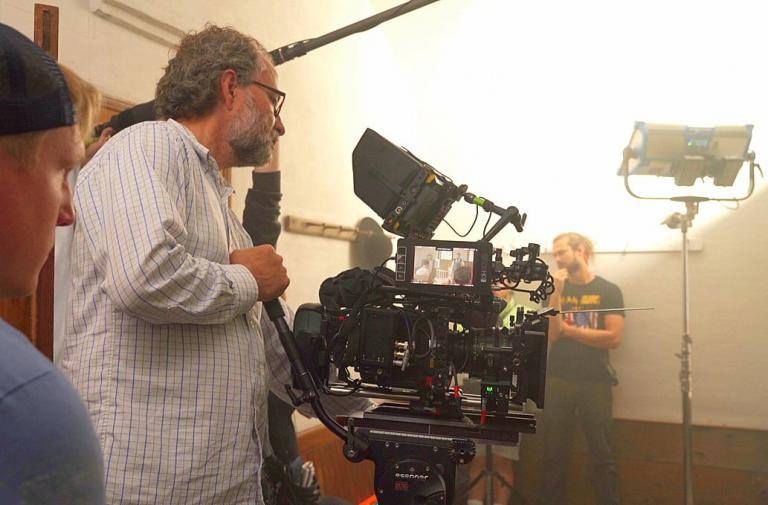
We’re more than a third of the way through the month of February. The Interpreter Foundation’s docudrama, Undaunted: Witnesses of the Book of Mormon, has been made permanently available for free streaming. (To the extent, anyway, that anything in this mortal life, in which even mountains and the “everlasting hills” rise and are eroded away, is “permanent.”) Like its theatrical film predecessor, Witnesses, it is of particular and direct relevance to the Sunday School curriculum of the Church of Jesus Christ of Latter-day Saints for the remainder of this month. However, unlike Undaunted, Witnesses will be available for free streaming only through the end of February. If you’re interested, go to The Witnesses Initiative. Please don’t miss this chance to watch it at no charge, and even to share it with others.
Incidentally, clips from Witnesses and Undaunted appear in this new nineteen-minute video from Scripture Central, which I commend to your attention: “Come, Follow Me | The Final Testimonies of the Witnesses of the Plates and Angel | D&C 12–17”
And here’s something else from Scripture Central that you might find helpful, both generally and, in particular, for the Come, Follow Me curriculum over the next two or three weeks: “Why Are the Witnesses to the Book of Mormon Translation Reliable?”

“Interpreter Radio Show — February 2, 2025, including Doctrine and Covenants in Context: D&C 18”
During the 26 January 2025 episode of the Interpreter Radio Show,Martin Tanner, Hales Swift and Brent Schmidt discussed Come, Follow Me Doctrine & Covenants lesson 9, the origins of the Doctrine and Covenants, progress on the renovation of the Salt Lake Temple, and other topics.
Their discussion was recorded. It has now been edited to remove commercial breaks, archived, and made available online for your listening pleasure and edification.
The Interpreter Radio Show can be heard on Sunday evenings from 7 to 9 PM (MDT), on K-TALK, AM 1640, or you can listen live on the Internet at ktalkmedia.com.





